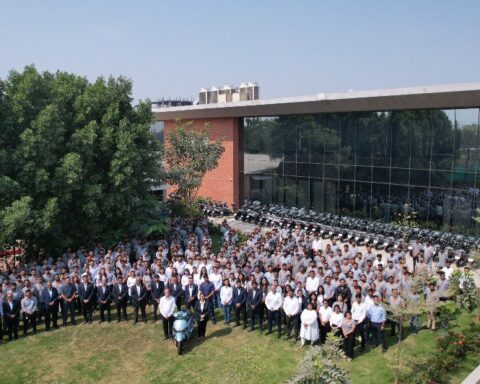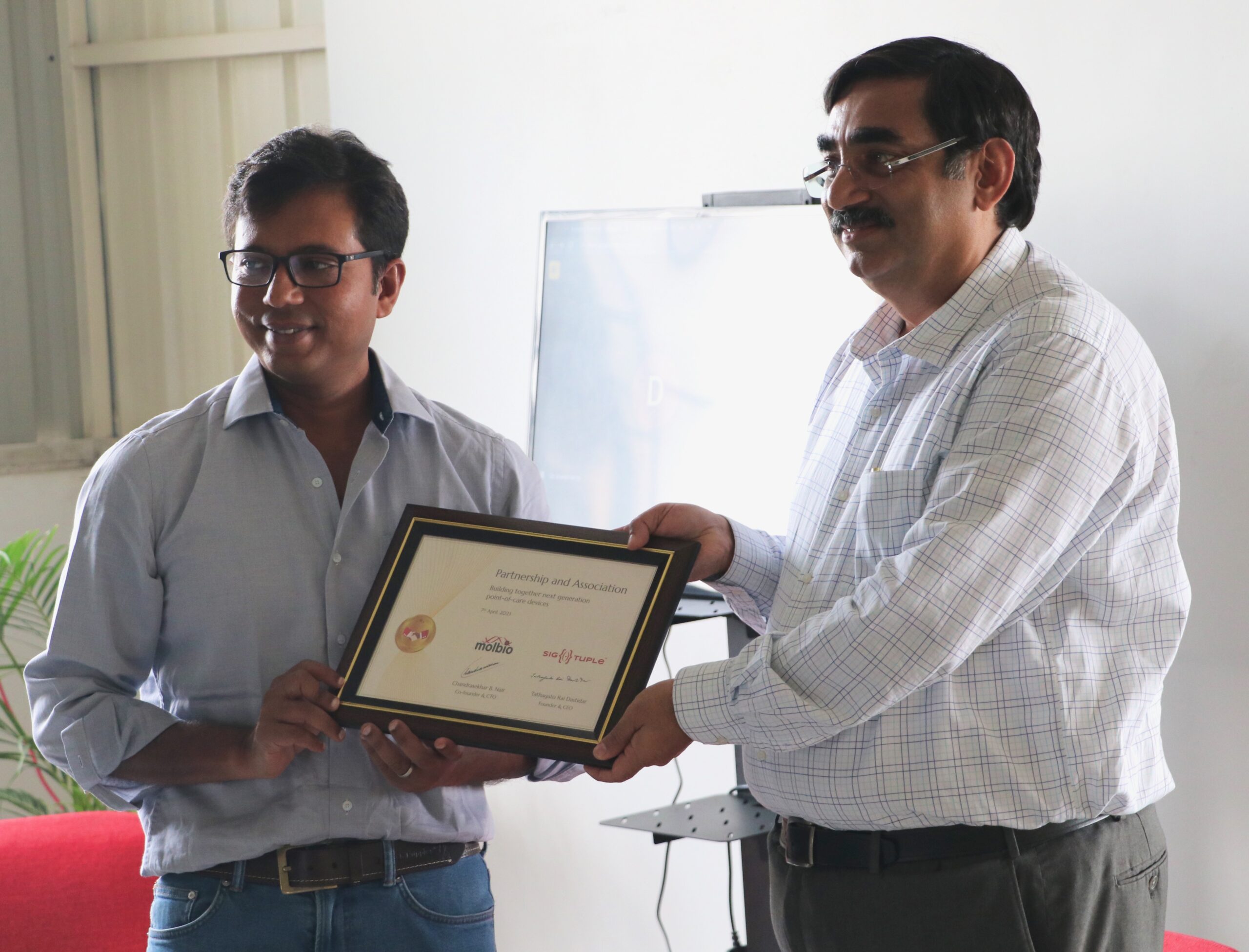Maintaining, supporting, and protecting critical manufacturing processes is vital for the proper functioning of our society and economy. It is almost impossible to imagine life without the robust and continuous production of essential products, from automobiles and chemicals to clothing and electronics.
While many of us take this provision for granted, cyber attackers understand how dependent we are on them and always looking for an opportunity to strike.
Critical manufacturing is vulnerable precisely because it is so important. The bad guys know a lot is at stake if they disrupt these operations. They know they have a solid chance to make a quick profit because the costs and labour associated with manually recovering from a ransomware attack are so high that the victims often pay the ransom to maintain service continuity.
Look no further than the Colonial Pipeline ransomware attack that took down the largest fuel pipeline in the U.S. and temporarily caused fuel shortages up and down the East Coast. In testimony before the Senate Committee on Homeland Security and Governmental Affairs, Colonial Pipeline CEO Joseph Blount admitted that his company paid the hackers nearly $5 million in ransom just a day after discovering malware on its systems.
A problem that is getting worse
The reality is that critical manufacturing, operated by central and local governments, is getting hit by increasingly frequent ransomware attacks. Why? Because while ransomware has evolved and attacks have accelerated, spending on modernisation for manufacturing IT systems has failed to keep pace. The manufacturing industry broadly relies on tried-and-true IT security technologies that worked in the past but are getting long in the tooth. Indeed, many agencies continue to use outdated hardware, software, and networks vulnerable to today’s persistent threats.
Add to this the rapid shift to virtual operations in the wake of the COVID-19 pandemic. Organisations create, share, and access data from remote locations on less secure networks, and hackers have pounced. Bitdefender reports that ransomware attacks jumped an eye-watering 485% in 2020, and many of the targets are in manufacturing.
There is even a new trend called ransomware-as-a-service (RaaS). This subscription-based model enables virtually anyone to use already-developed ransomware tools to launch attacks. The malware’s developers line their pockets by taking a percentage of each ransom payment received.
The cybercrime problem is now immense, with damages totalling $6 trillion a year, notes Cybercrime magazine. Put all the cybercriminals in one place and make them a nation, and they would have the world’s third-largest economy after the U.S. and China.
3-2-1-1 data protection provides defence
All manufacturers must improve their efforts to identify, deter, protect against, detect, and respond to these actions and actors. So, what can the sector do to defend itself?
One of the first steps it should take is to adopt the 3-2-1-1 data-protection strategy. The 3-2-1-1 strategy directs that you have three backup copies of your data on two different media, such as disk and tape, with 1 of those copies located offsite for disaster recovery. The final one in this equation is immutable object storage.
Immutable object storage safeguards information continuously by taking snapshots every 90 seconds. Even if disaster strikes, you can quickly recover your data. Immutable snapshots are read-only versions of metadata for data and files. These snapshots provide point-in-time data recovery. Snapshots enable you to roll back to a previous file state in downtime, natural disaster, or ransomware attack. Immutable snapshots cannot be altered, overwritten, or deleted, so they safeguard data integrity from loss due to human error, hardware failure, or ransomware attack.
With immutable snapshots, manufacturers could better safeguard workflow, production, and processing information and protect data from accidental deletion or cyber theft. Manufacturers, for their part, could ensure the smooth and uninterrupted delivery of goods—even during a disaster or ransomware attack. Critical manufacturing processes can be kept up and running with the right cybersecurity strategy and ultimately withstand the worst cybercriminals can throw at it.






